Home>Gardening & Outdoor>Pool & Spa Care>Why Is The Hot Tub Water Green


Pool & Spa Care
Why Is The Hot Tub Water Green
Modified: February 25, 2024
Discover the reasons behind green hot tub water and learn effective pool and spa care tips to maintain crystal-clear water. Explore solutions to prevent and treat green water issues.
(Many of the links in this article redirect to a specific reviewed product. Your purchase of these products through affiliate links helps to generate commission for Storables.com, at no extra cost. Learn more)
**
Introduction
**
So, you step outside, ready to sink into your hot tub and let the warm, bubbling water melt away the day's stress. But wait – why is the water green? Don't worry, this common issue can be resolved with a bit of know-how and the right approach. In this comprehensive guide, we'll delve into the reasons behind green hot tub water and explore effective solutions to restore your oasis to its crystal-clear glory.
Picture this: You've meticulously maintained your hot tub, ensuring the water is balanced, sanitized, and inviting. However, despite your efforts, you notice an unwelcome green tint clouding the water. Before you start to panic, it's crucial to understand that green hot tub water is a common problem that can stem from various factors, including algae growth, metal contamination, and imbalanced pH levels. By gaining insights into these causes and learning how to address them, you can bid farewell to the green hue and revel in the rejuvenating experience your hot tub promises.
Throughout this article, we'll unravel the mysteries behind green hot tub water, offering practical tips to prevent and remedy this issue. Whether you're a seasoned hot tub owner or a newcomer to the world of aquatic relaxation, this guide will equip you with the knowledge needed to maintain pristine, inviting water in your hot tub. So, let's embark on this insightful journey and discover the secrets to banishing green water from your beloved hot tub oasis.
**
Key Takeaways:
- Green hot tub water can be caused by algae growth, metal contamination, or pH imbalance. Regular maintenance, sanitation, and water testing can prevent and remedy this issue, ensuring crystal-clear and inviting water.
- To prevent green hot tub water, maintain sustained sanitation, enhance water circulation, and vigilantly monitor water chemistry. Proactive management and education on algae growth, metal contamination, and pH balance are crucial for preserving pristine water clarity.
Read more: Why Does Hot Tub Water Smell
Understanding the Causes of Green Hot Tub Water
**
Green hot tub water can be a perplexing and frustrating sight, but understanding the underlying causes is the first step toward restoring clarity to your oasis. Several factors can contribute to the unwelcome green tint, including algae growth, metal contamination, and imbalanced pH levels. Let’s delve into each of these potential culprits to gain a deeper understanding of why your hot tub water has taken on this unexpected hue.
Algae Growth in Hot Tub Water
One of the primary reasons for green hot tub water is the presence of algae. Algae are microscopic organisms that thrive in warm, stagnant water, making hot tubs an ideal breeding ground. When algae bloom in your hot tub, they can impart a greenish tint to the water, signaling the need for prompt intervention. Factors such as inadequate sanitation, irregular maintenance, and insufficient water circulation can contribute to the proliferation of algae, turning your once-clear water into a murky green spectacle.
Metal Contamination in Hot Tub Water
Another common cause of green hot tub water is metal contamination. When metals such as copper, iron, or manganese infiltrate the water, they can react with other compounds and manifest as a disconcerting green hue. Metal contamination can stem from various sources, including corroded plumbing, oxidized metal components within the hot tub, or the use of unapproved water sources. If left unaddressed, metal contamination can not only discolor the water but also lead to staining and damage to the hot tub’s surfaces and equipment.
Imbalance of pH Levels
The pH level of your hot tub water plays a pivotal role in its overall clarity and balance. When the pH strays outside the optimal range, it can pave the way for water discoloration, including the manifestation of a green tint. Factors such as high pH levels, alkalinity fluctuations, and inadequate water balancing measures can contribute to this imbalance, prompting the water to adopt an unappealing color. Understanding the delicate interplay of pH and water chemistry is essential for preventing and rectifying green hot tub water caused by pH irregularities.
By comprehending these potential causes of green hot tub water, you’re better equipped to identify the specific issue affecting your oasis. Armed with this knowledge, you can embark on the journey to restore your hot tub water to its pristine, inviting state. In the subsequent sections, we’ll explore effective solutions tailored to address each of these underlying causes, empowering you to bid adieu to the green tint and embrace the rejuvenating tranquility of your hot tub.
**
Algae Growth in Hot Tub Water
**
Algae growth in hot tub water is a common culprit behind the emergence of a green tint, transforming your once-clear oasis into a murky spectacle. Understanding the factors that contribute to algae proliferation and adopting proactive measures to combat this issue are crucial for maintaining pristine, inviting water in your hot tub.
Understanding Algae Growth
Algae are microscopic organisms that thrive in warm, nutrient-rich environments, making hot tubs an ideal breeding ground. When conditions are favorable – such as insufficient sanitation, irregular maintenance, and inadequate water circulation – algae can multiply rapidly, imparting a greenish hue to the water. This unwelcome transformation not only detracts from the visual appeal of your hot tub but also signifies potential health and maintenance concerns that warrant immediate attention.
Identifying Algae in Your Hot Tub
Spotting the signs of algae growth in your hot tub is crucial for timely intervention. The emergence of a green tint, particularly in localized areas or throughout the entire body of water, serves as a telltale indicator of algae presence. Additionally, you may observe slimy or slippery surfaces, a musty odor, or the formation of visible algae colonies, signaling the need for prompt remedial action.
Combatting Algae and Restoring Clarity
To combat algae growth and restore clarity to your hot tub water, a multi-faceted approach is essential. First and foremost, thorough sanitation and regular maintenance are paramount. Implementing an effective sanitization regimen, which may involve the use of chlorine, bromine, or alternative sanitizers, helps inhibit algae proliferation and maintain water clarity. Additionally, ensuring adequate water circulation, routine filtration, and periodic cleaning of hot tub surfaces and components are integral to preventing algae growth and preserving water quality.
Preventive Measures to Safeguard Against Algae
Prevention is indeed the best cure when it comes to algae in hot tub water. Implementing proactive measures such as maintaining proper sanitizer levels, adhering to a consistent maintenance schedule, and promoting sufficient water circulation can significantly mitigate the risk of algae infestation. Furthermore, regular water testing, prompt remediation of imbalances, and vigilant monitoring of hot tub conditions are instrumental in thwarting algae growth and preserving the pristine clarity of your oasis.
By understanding the dynamics of algae growth in hot tub water and adopting proactive measures to combat this issue, you can safeguard your oasis against the unwelcome green tint and revel in the revitalizing experience your hot tub promises.
**
Metal Contamination in Hot Tub Water
**
The presence of metal contamination in hot tub water can lead to the emergence of a disconcerting green tint, signaling potential issues that necessitate prompt remediation. Understanding the sources of metal contamination, its adverse effects, and proactive measures to mitigate this concern is crucial for preserving the pristine clarity and integrity of your hot tub oasis.
Sources of Metal Contamination
Metal contamination in hot tub water can stem from various sources, posing a threat to water quality and visual appeal. Common culprits include corroded plumbing, oxidized metal components within the hot tub, and the use of unapproved water sources. When metals such as copper, iron, or manganese infiltrate the water, they can react with other compounds and manifest as a greenish hue, detracting from the inviting allure of your hot tub.
Adverse Effects of Metal Contamination
Beyond imparting a green tint to the water, metal contamination can yield a host of adverse effects that compromise the integrity of your hot tub. In addition to staining the surfaces and components of the hot tub, metal-infused water can lead to discoloration, impart metallic odors, and pose potential health concerns. Furthermore, prolonged metal contamination can result in corrosion and damage to the hot tub’s infrastructure, necessitating costly repairs and detracting from the overall enjoyment of your aquatic retreat.
Mitigating Metal Contamination
To mitigate metal contamination and restore the clarity of your hot tub water, proactive measures are essential. Regular water testing and analysis can help identify the presence of metals, enabling targeted remediation efforts. Utilizing metal sequestrants or chelating agents designed to bind with metals and prevent their adverse effects can aid in restoring water clarity and averting potential damage to the hot tub and its components.
Preventive Measures for Safeguarding Water Quality
Prevention serves as a cornerstone for safeguarding against metal contamination in hot tub water. Implementing measures to prevent corrosion, such as maintaining balanced water chemistry, monitoring pH levels, and utilizing quality water sources, can mitigate the risk of metal infiltration. Additionally, regular inspection and maintenance of hot tub components, including heaters, pumps, and fittings, can help identify and address potential sources of metal contamination before they compromise water quality.
By understanding the sources and effects of metal contamination in hot tub water and adopting proactive measures to mitigate this concern, you can preserve the pristine clarity and inviting ambiance of your hot tub oasis, ensuring a rejuvenating and visually appealing aquatic retreat.
**
Check the pH and chlorine levels in the hot tub water. High pH and low chlorine can cause algae growth, turning the water green. Adjust levels as needed to maintain a clean and balanced environment.
Imbalance of pH Levels
**
The delicate balance of pH levels in hot tub water plays a pivotal role in maintaining its clarity and integrity. When pH levels veer outside the optimal range, it can pave the way for water discoloration, including the manifestation of a green tint. Understanding the factors contributing to pH imbalance, its impact on water quality, and proactive measures to rectify this concern is essential for preserving the pristine allure of your hot tub oasis.
Factors Contributing to pH Imbalance
Several factors can contribute to the imbalance of pH levels in hot tub water, potentially leading to the emergence of a green tint. High pH levels, alkalinity fluctuations, and inadequate water balancing measures can disrupt the equilibrium of the water chemistry, compromising its clarity and visual appeal. Additionally, factors such as environmental influences, bather load, and the use of certain sanitizers can influence pH levels, necessitating vigilant monitoring and proactive intervention to maintain balance.
Impact on Water Quality and Clarity
An imbalance of pH levels can exert a profound impact on the overall quality and clarity of hot tub water. When pH strays outside the optimal range, it can precipitate the onset of water discoloration, including the unwelcome green tint that detracts from the visual appeal of your oasis. Furthermore, pH imbalance can render the water susceptible to other issues, such as scaling, corrosion, and diminished effectiveness of sanitizers, underscoring the need for timely remediation.
Rectifying pH Imbalance
To rectify pH imbalance and restore the pristine clarity of your hot tub water, targeted measures are imperative. Regular water testing and analysis serve as the foundation for identifying pH irregularities, enabling precise adjustments to be made. Utilizing pH decreasers or increasers, as warranted, allows for fine-tuning pH levels to align with the optimal range, fostering water clarity and balance. Additionally, promoting proper water circulation, adhering to a consistent maintenance regimen, and monitoring environmental variables can aid in mitigating pH fluctuations and preserving water quality.
Preventive Measures for pH Management
Prevention is key to effective pH management in hot tub water. Implementing proactive measures, such as routine water testing, vigilant monitoring of pH levels, and adherence to a structured maintenance schedule, can preemptively address potential pH imbalances. Furthermore, educating yourself on the factors influencing pH levels and their interplay with water chemistry empowers you to proactively safeguard against pH-related concerns, preserving the inviting clarity and allure of your hot tub oasis.
By comprehending the dynamics of pH imbalance in hot tub water and adopting proactive measures to rectify and prevent this concern, you can safeguard the pristine clarity and visual appeal of your aquatic retreat, ensuring a rejuvenating and visually captivating experience for all who indulge in its tranquil waters.
**
Read more: Why Is My Hot Tub Water Level Dropping
Solutions for Green Hot Tub Water
**
When faced with the unwelcome sight of green hot tub water, swift and targeted solutions are essential to restore clarity and integrity to your aquatic oasis. By addressing the specific causes behind the green tint – whether stemming from algae growth, metal contamination, or pH imbalance – you can embark on a journey to rejuvenate your hot tub water and reclaim its inviting allure. Let’s explore effective solutions tailored to combat the green tint and revitalize your hot tub.
Algae Remediation and Prevention
To combat algae-induced green water and prevent its recurrence, a multi-faceted approach is paramount. Initiating thorough sanitation measures, which may involve shock treatments, algaecides, or non-chlorine shock, can help eradicate existing algae and inhibit their resurgence. Additionally, enhancing water circulation, optimizing filtration, and implementing routine cleaning of hot tub surfaces and components are instrumental in preventing algae growth and preserving water clarity. By adopting these proactive measures, you can bid adieu to the green tint and revel in the revitalizing tranquility of your hot tub.
Metal Contamination Mitigation
Addressing metal contamination and restoring water clarity necessitates targeted remediation efforts. Utilizing metal sequestrants or chelating agents designed to bind with metals and prevent their adverse effects can aid in neutralizing the green tint and averting potential damage to the hot tub and its components. Additionally, conducting thorough water testing, identifying the specific metals present, and implementing tailored solutions to mitigate their impact are crucial for reclaiming the pristine clarity of your hot tub water.
Balancing pH Levels for Water Clarity
Rectifying pH imbalance and restoring the inviting clarity of your hot tub water requires precise adjustments and proactive measures. Regular water testing and analysis serve as the foundation for identifying pH irregularities, enabling targeted adjustments using pH increasers or decreasers. By fine-tuning pH levels to align with the optimal range, promoting proper water circulation, and adhering to a consistent maintenance regimen, you can mitigate pH fluctuations and preserve the pristine clarity and balance of your hot tub water.
By implementing these tailored solutions to combat the green tint in your hot tub water, you can rejuvenate your aquatic oasis and relish in the revitalizing experience it offers. Armed with a proactive approach and a deeper understanding of the underlying causes, you can bid farewell to the green hue and revel in the pristine clarity and tranquility of your hot tub.
**
Preventing Green Hot Tub Water
**
Prevention serves as a cornerstone for safeguarding your hot tub against the emergence of green water, ensuring that its clarity and allure endure. By implementing proactive measures tailored to thwart the underlying causes of green tint, you can preserve the pristine beauty and inviting ambiance of your aquatic oasis. Let’s explore effective strategies for preventing green hot tub water and fostering a consistently rejuvenating experience.
Sustained Sanitation and Maintenance
Maintaining sustained sanitation and adhering to a structured maintenance regimen are pivotal for preventing green hot tub water. Regularly testing and balancing water chemistry, employing effective sanitizers, and implementing routine cleaning and filtration measures are instrumental in inhibiting the proliferation of algae, mitigating metal contamination, and preserving pH balance. By upholding meticulous maintenance practices, you can safeguard your hot tub against the unwelcome green tint and ensure its water remains inviting and crystal-clear.
Enhanced Water Circulation and Filtration
Promoting enhanced water circulation and optimizing filtration are essential for preventing green hot tub water. Adequate water circulation helps deter stagnant conditions that foster algae growth, while effective filtration systems capture impurities and contaminants, including metals and organic matter. By investing in quality circulation and filtration mechanisms, you can fortify your hot tub against the factors that contribute to water discoloration, preserving its clarity and visual appeal.
Vigilant Monitoring and Prompt Intervention
Vigilant monitoring of hot tub conditions, including water chemistry, clarity, and equipment integrity, is paramount for preventing green water. Routinely assessing pH levels, sanitizer efficacy, and the absence of metal contaminants enables early detection of potential concerns, facilitating prompt intervention to avert water discoloration. By remaining attentive to the nuances of your hot tub’s environment and promptly addressing any irregularities, you can proactively safeguard against the emergence of green tint and preserve the rejuvenating tranquility of your oasis.
Education and Proactive Management
Equipping yourself with knowledge of the factors influencing water quality and embracing proactive management practices are instrumental for preventing green hot tub water. Educating yourself on the dynamics of algae growth, metal contamination, and pH balance empowers you to anticipate and address potential concerns proactively. Additionally, adhering to a structured maintenance schedule, conducting regular water testing, and staying informed about best practices for hot tub care enable you to fortify your oasis against the risk of water discoloration.
By embracing these proactive measures and fostering a culture of vigilant care and maintenance, you can prevent green hot tub water and ensure that your aquatic retreat remains a haven of pristine clarity, inviting allure, and rejuvenating tranquility for years to come.
**
Conclusion
**
As we conclude our insightful exploration of green hot tub water, it’s evident that this common issue can stem from various factors, including algae growth, metal contamination, and pH imbalance. The unwelcome green tint not only detracts from the visual appeal of your hot tub but also signifies potential health and maintenance concerns that warrant immediate attention.
By gaining a deeper understanding of the underlying causes and their respective solutions, you are empowered to rejuvenate your hot tub water and reclaim its pristine clarity and inviting allure. Whether combatting algae growth, mitigating metal contamination, or rectifying pH imbalance, a proactive and targeted approach is essential for preserving the integrity of your aquatic oasis.
Prevention serves as a cornerstone for safeguarding your hot tub against the emergence of green water, ensuring that its clarity and allure endure. By implementing sustained sanitation and maintenance practices, promoting enhanced water circulation and vigilant monitoring, and embracing proactive management, you can fortify your oasis against the risk of water discoloration and preserve its rejuvenating tranquility for years to come.
So, the next time you step outside to indulge in the revitalizing embrace of your hot tub, you can do so with the assurance that its water remains crystal-clear, inviting, and free from the unwelcome green tint. Armed with the knowledge and proactive measures outlined in this comprehensive guide, you can safeguard your hot tub against water discoloration and relish in the rejuvenating experience it promises.
Ultimately, by embracing a culture of attentive care, proactive management, and a deeper understanding of hot tub water dynamics, you can ensure that your aquatic retreat remains a haven of pristine clarity, inviting allure, and rejuvenating tranquility, offering an oasis of relaxation and revitalization for you and your loved ones to enjoy.
Frequently Asked Questions about Why Is The Hot Tub Water Green
Was this page helpful?
At Storables.com, we guarantee accurate and reliable information. Our content, validated by Expert Board Contributors, is crafted following stringent Editorial Policies. We're committed to providing you with well-researched, expert-backed insights for all your informational needs.
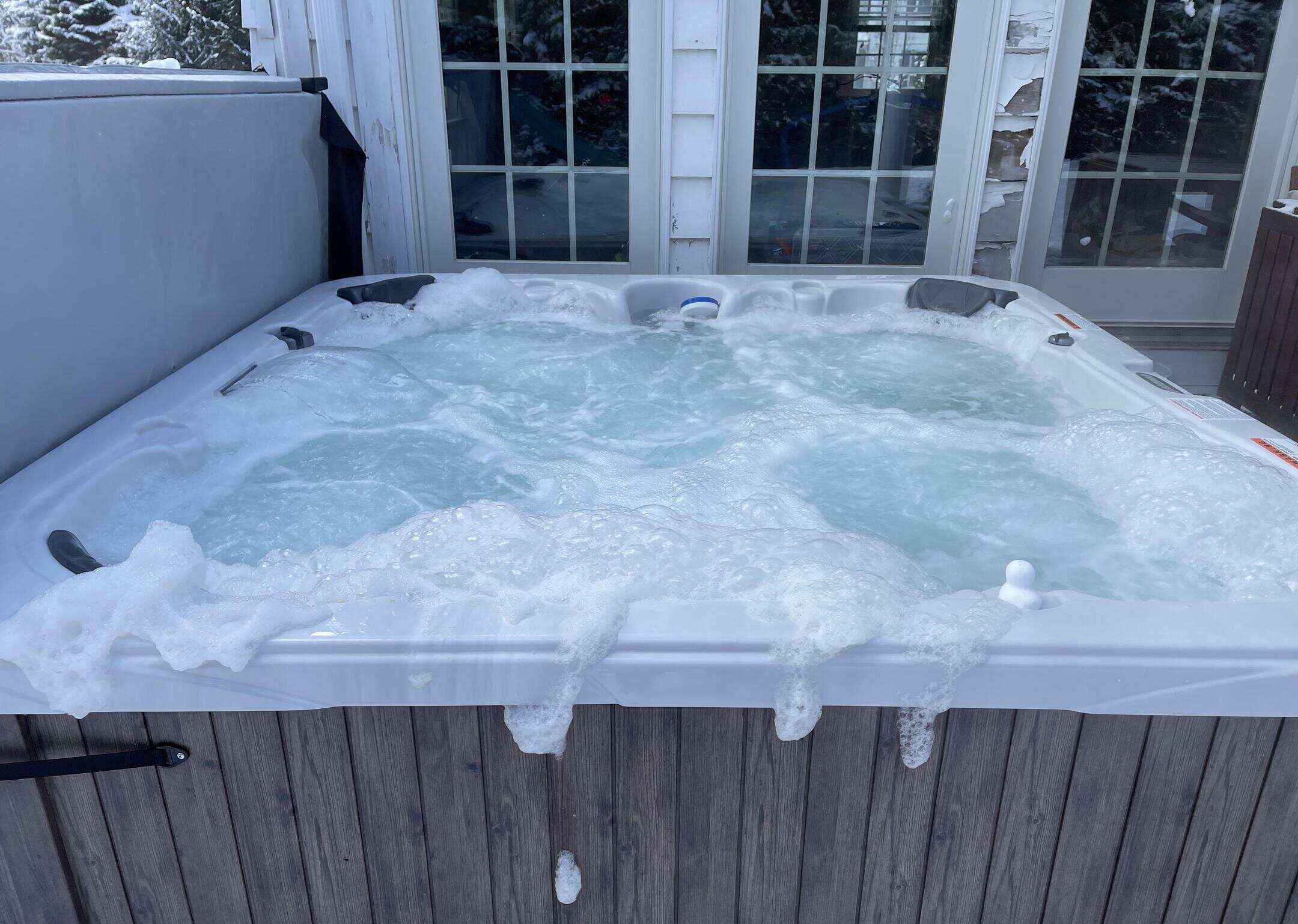
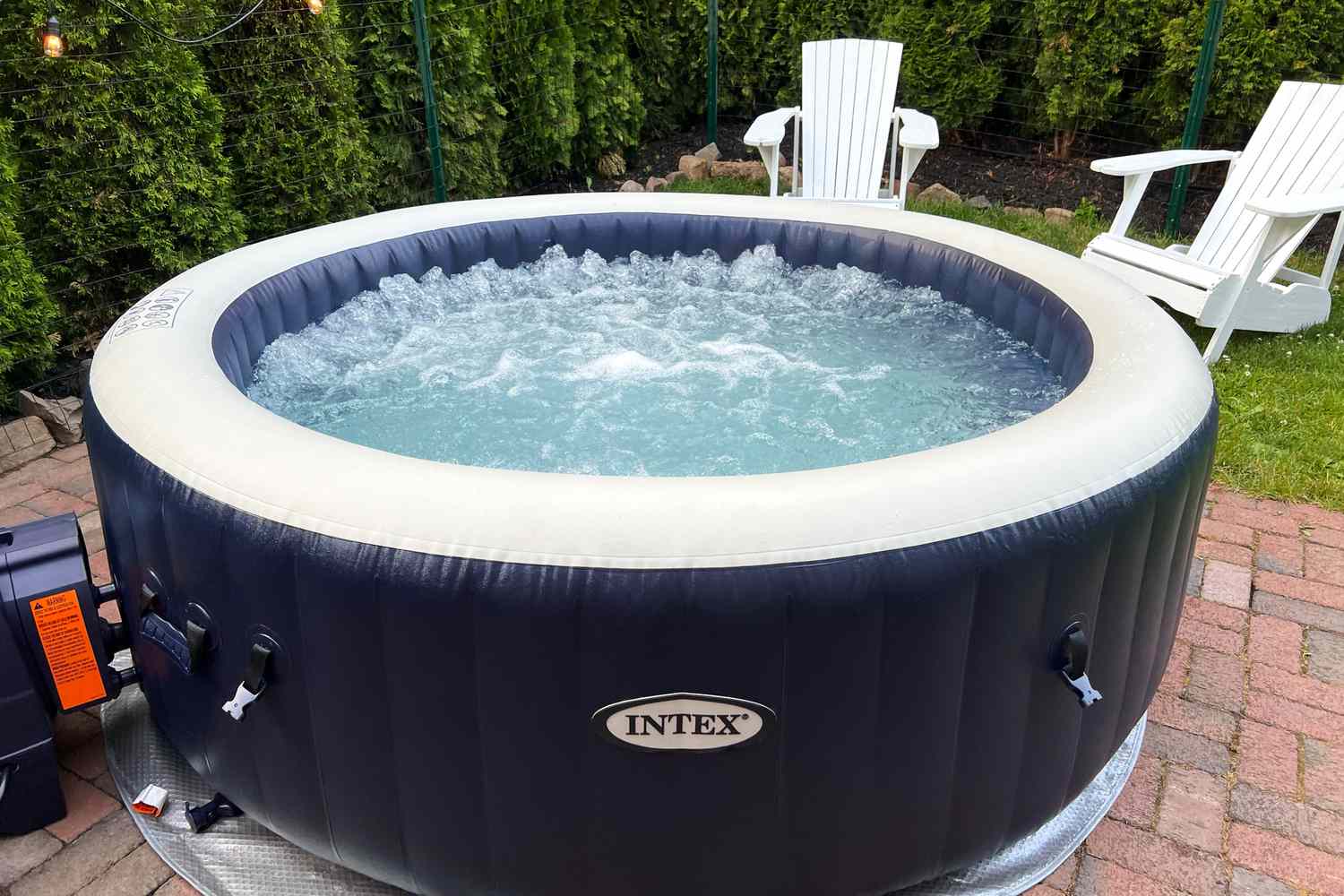
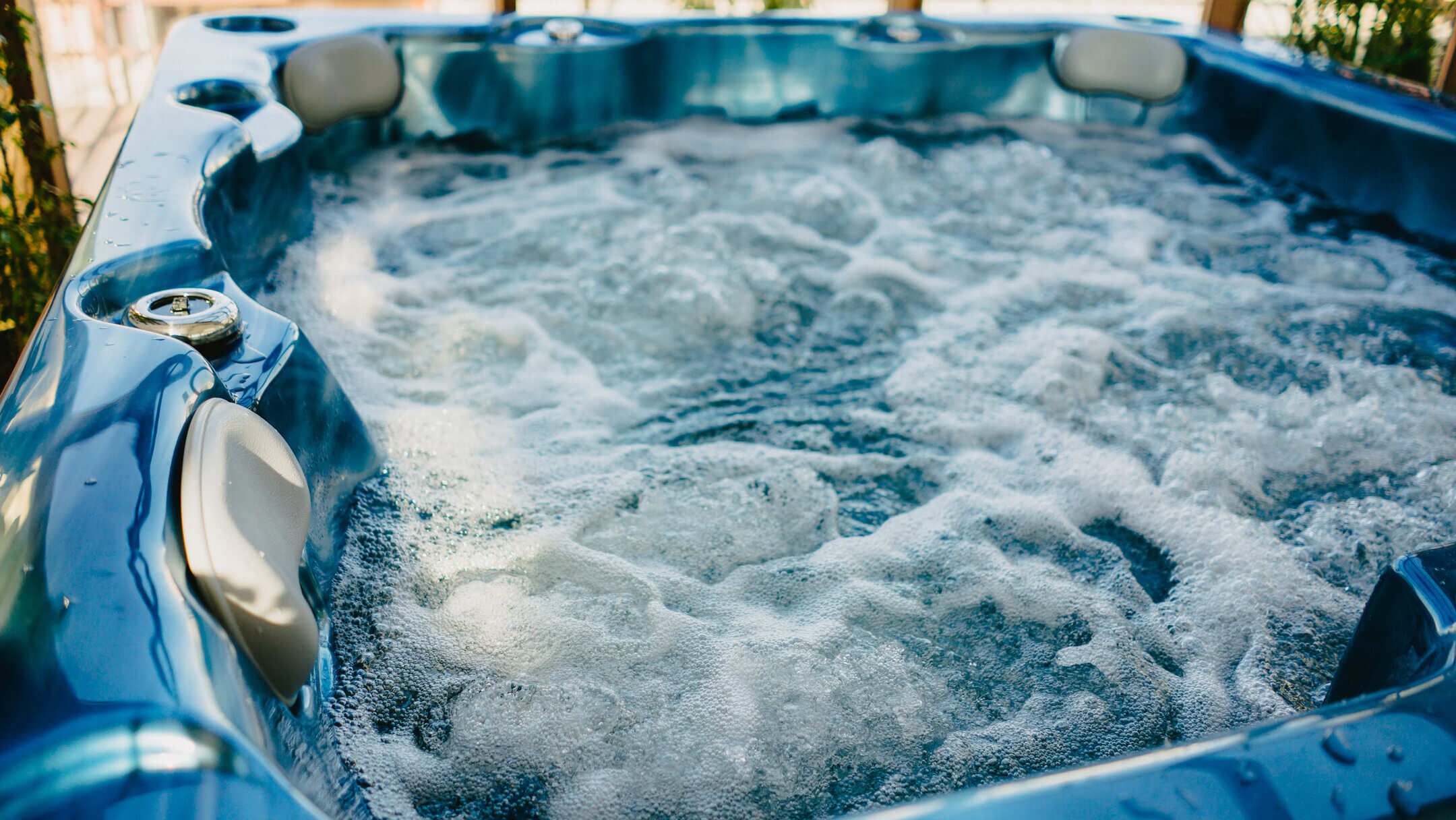
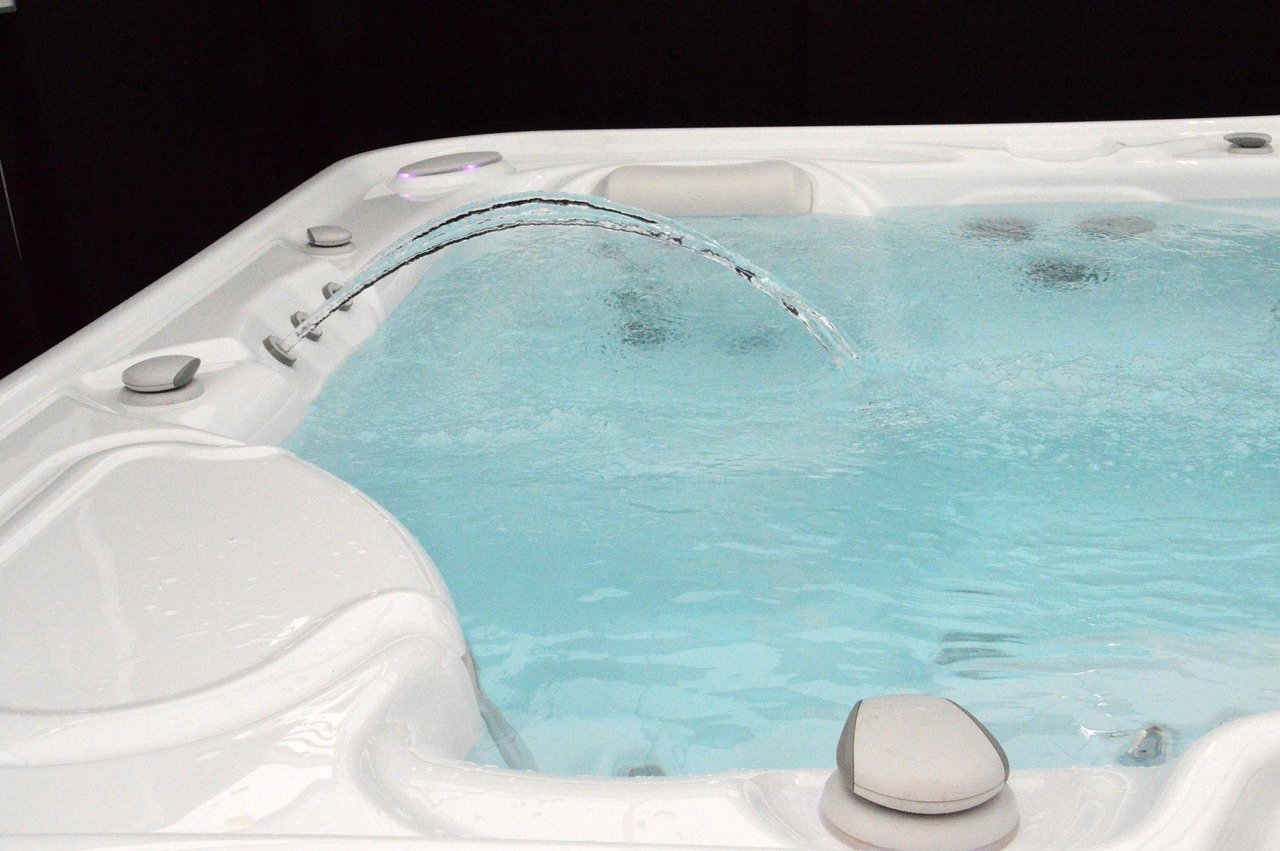
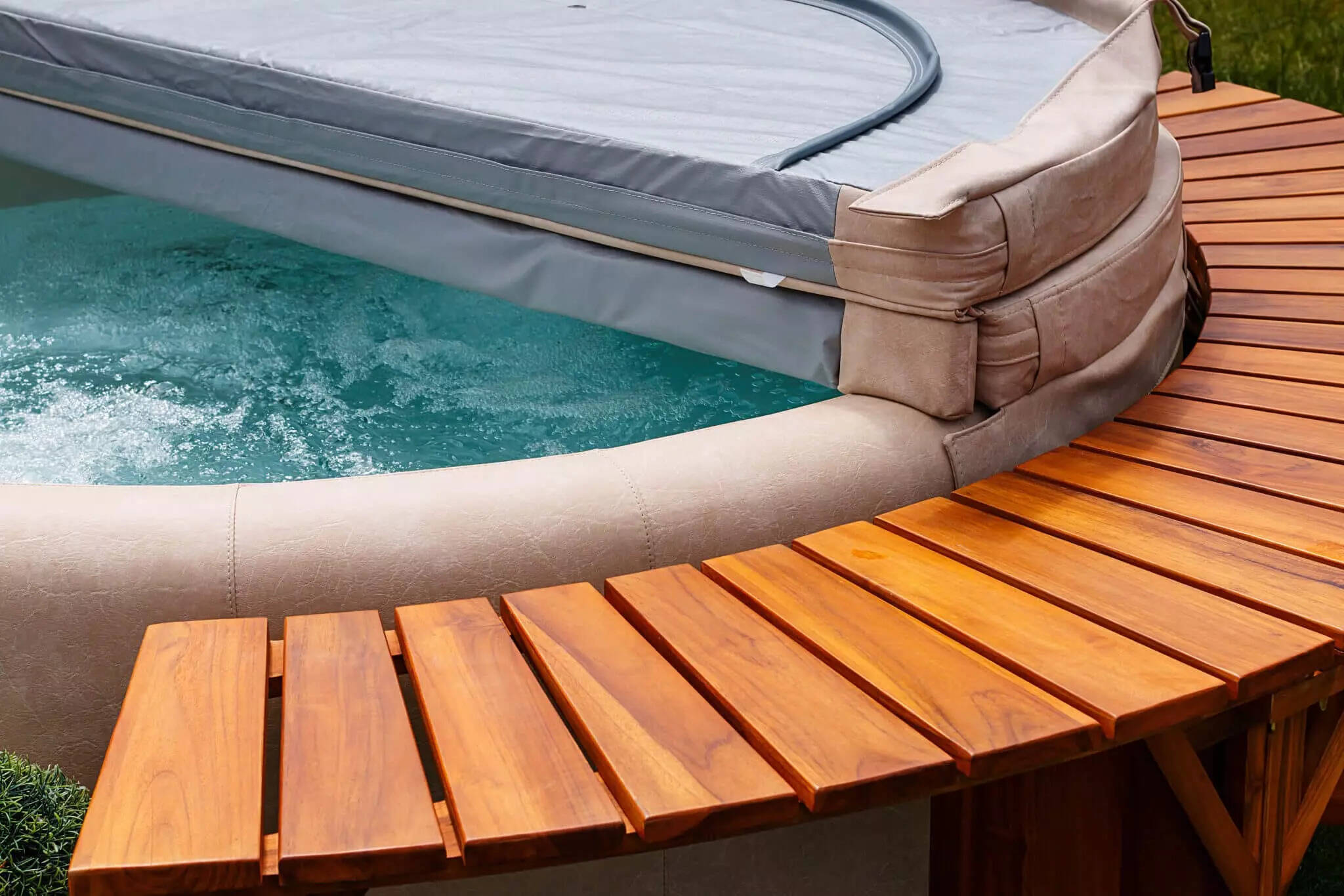
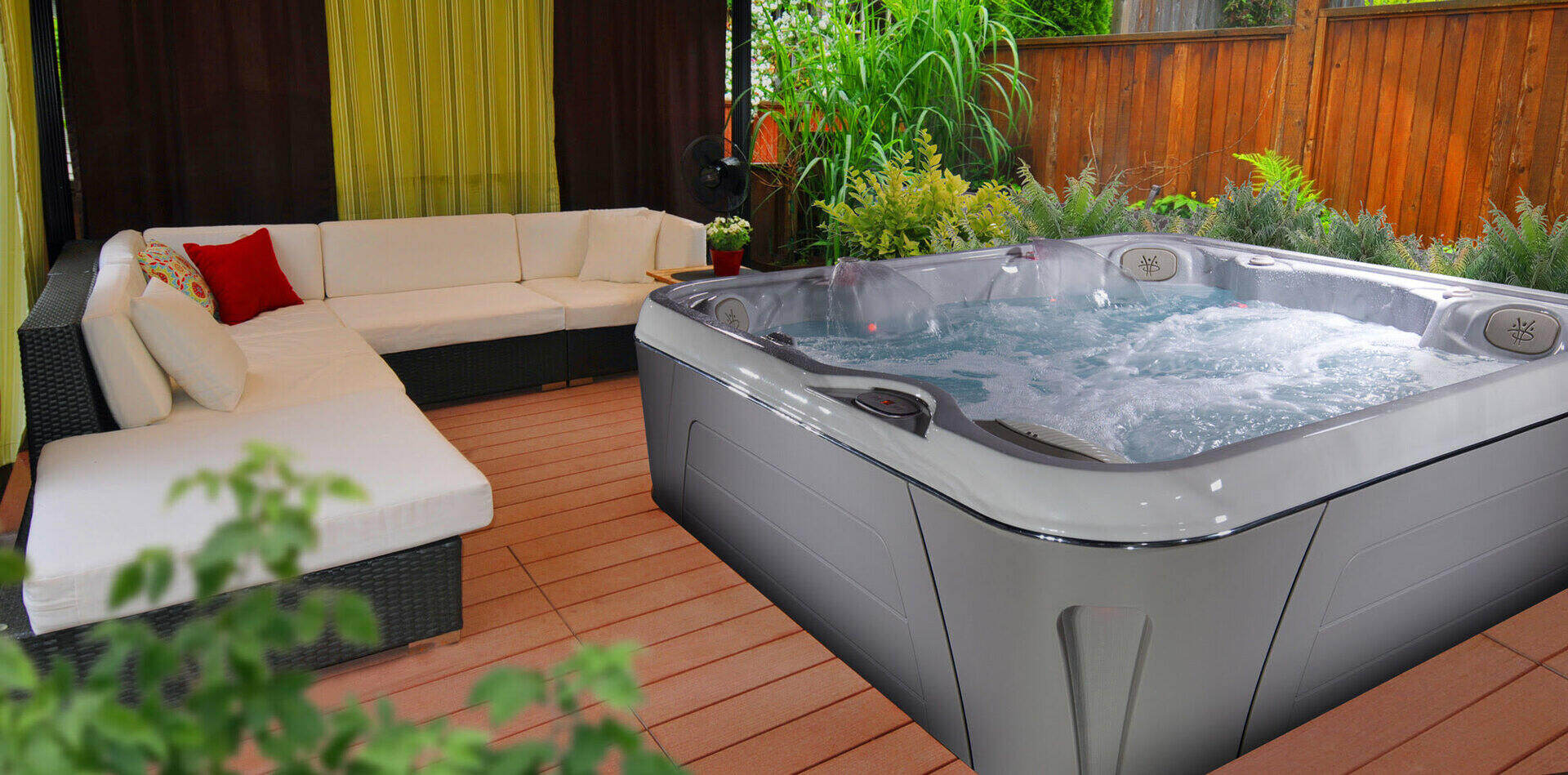
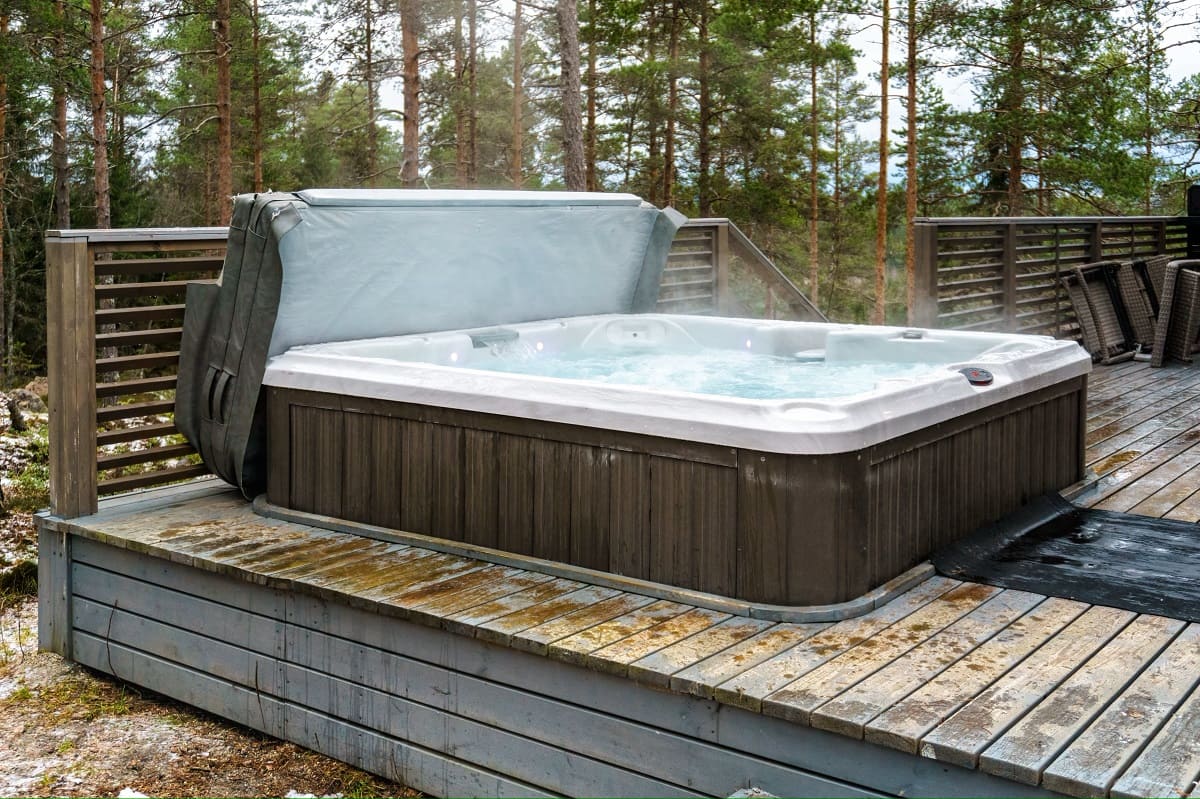
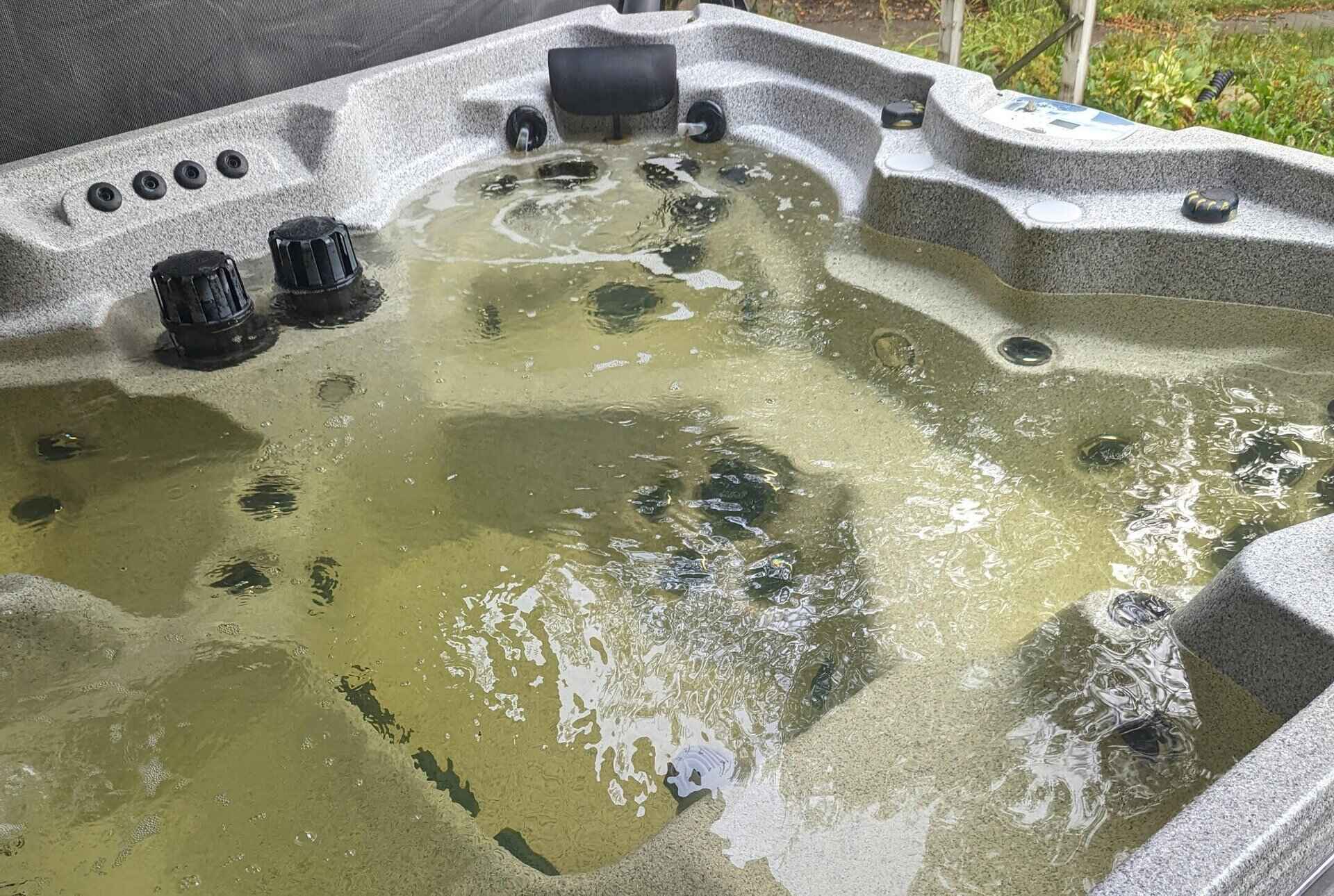
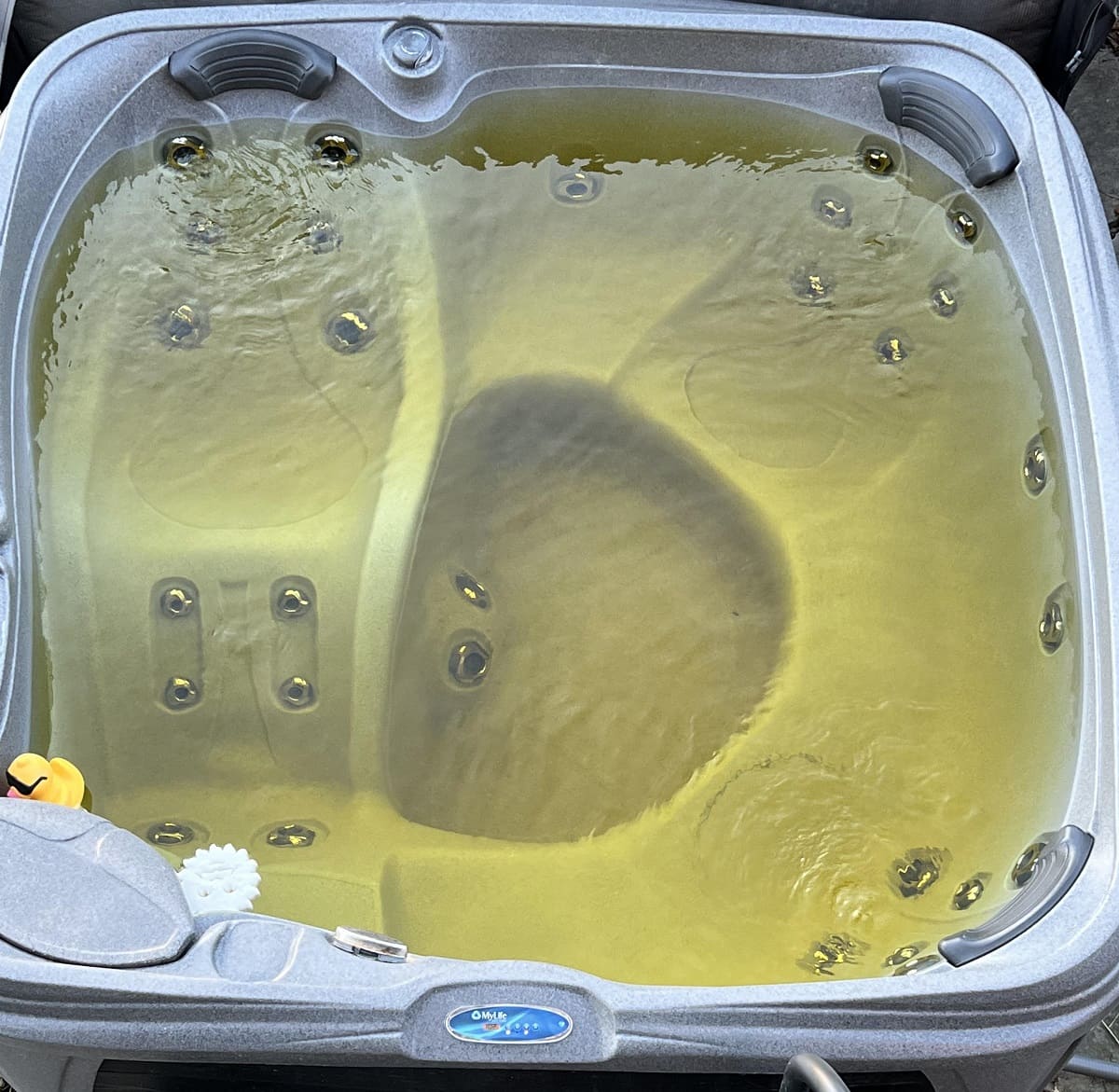
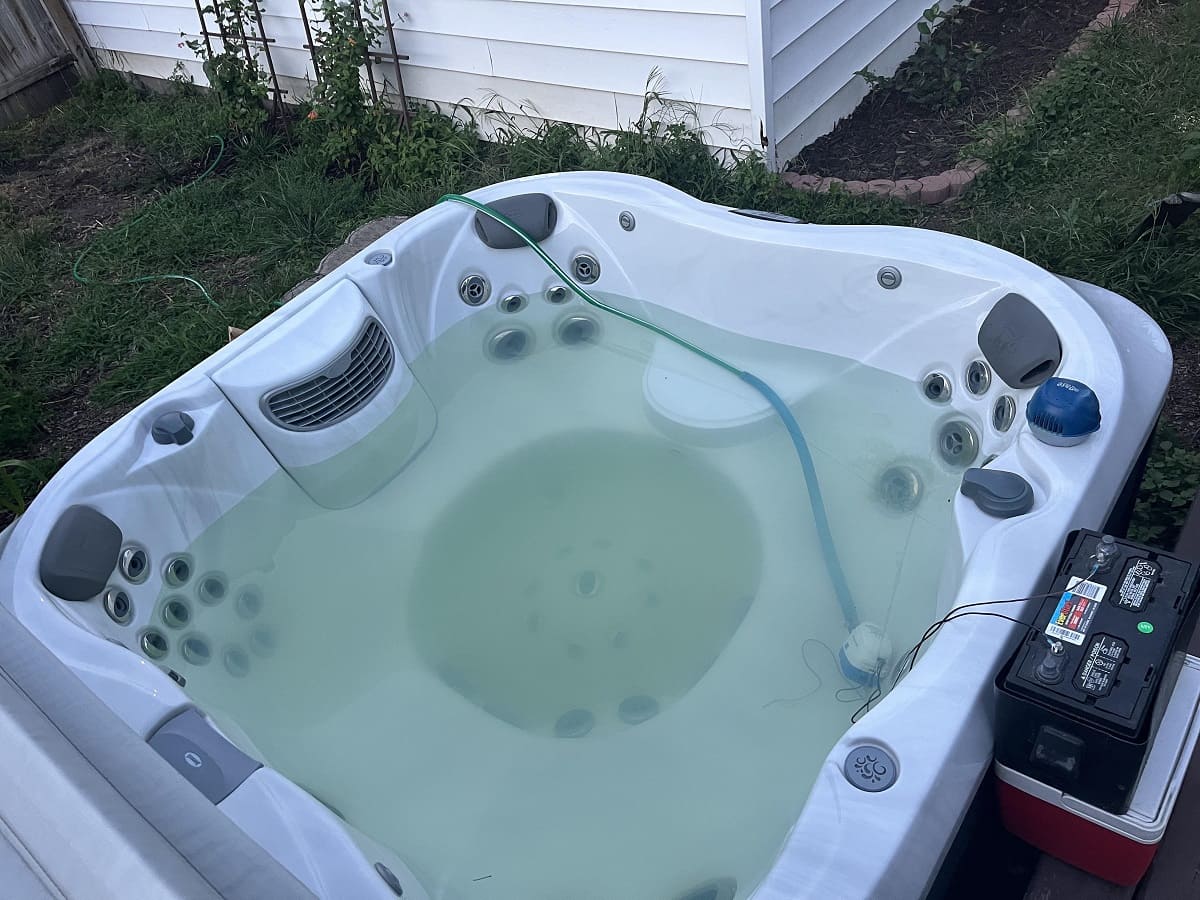
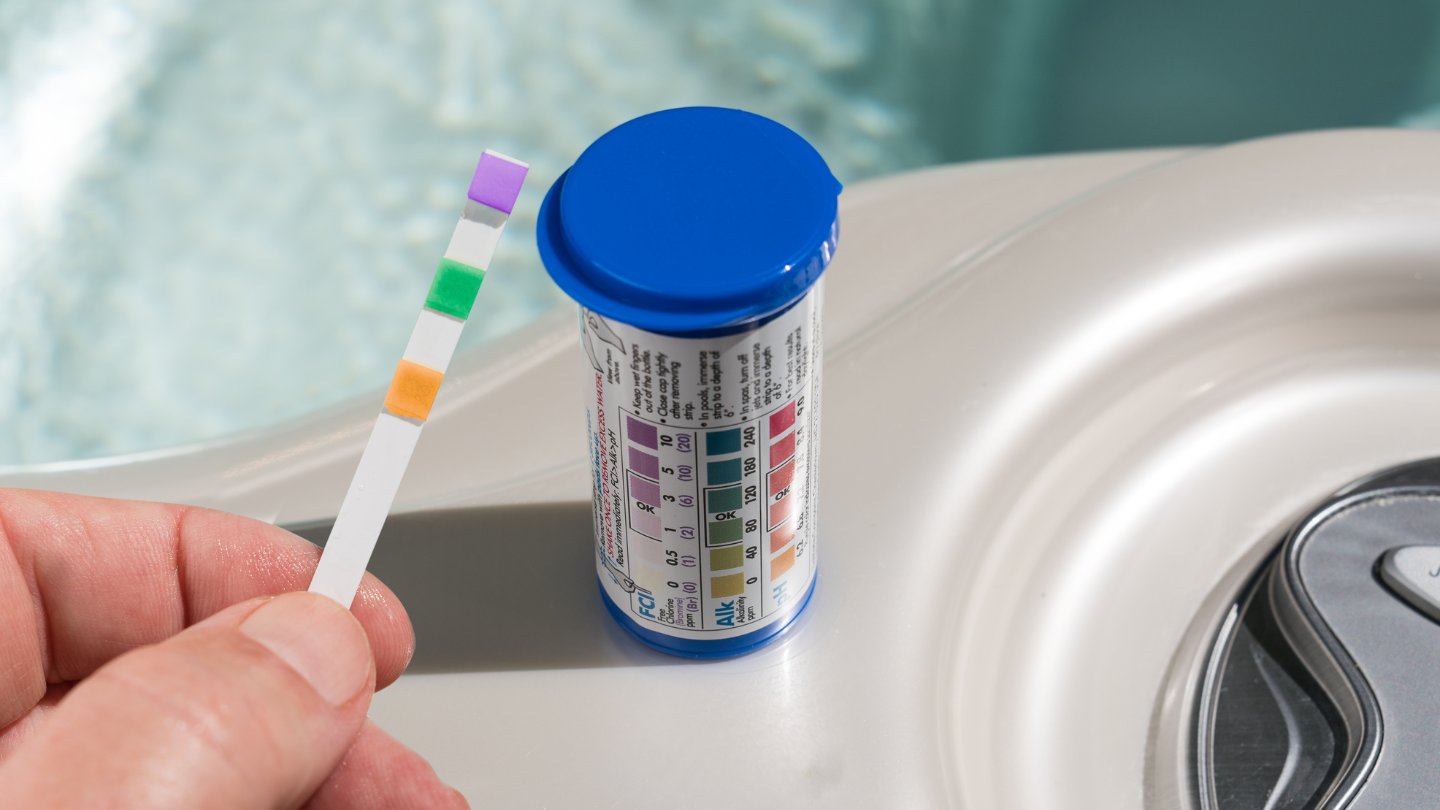
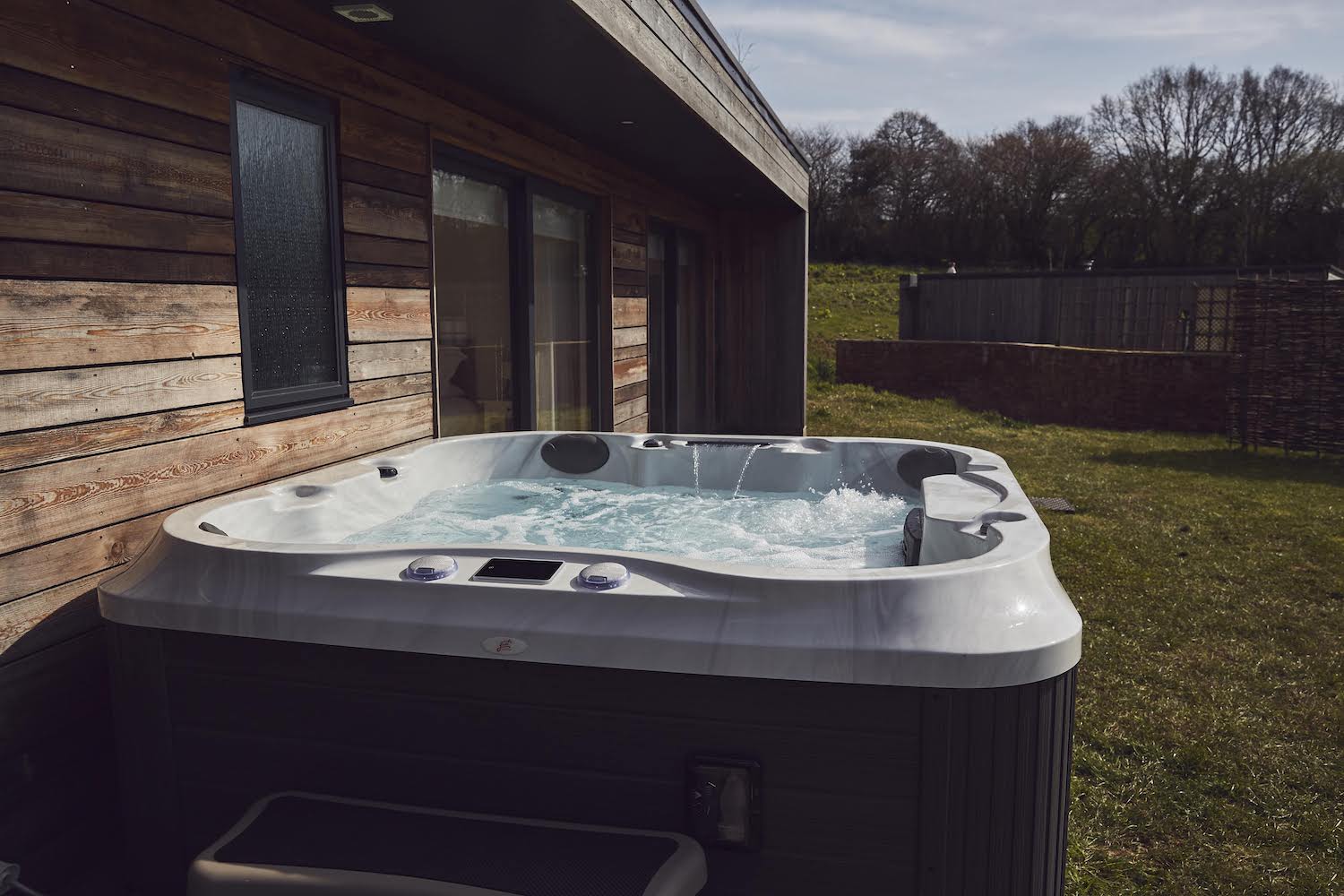
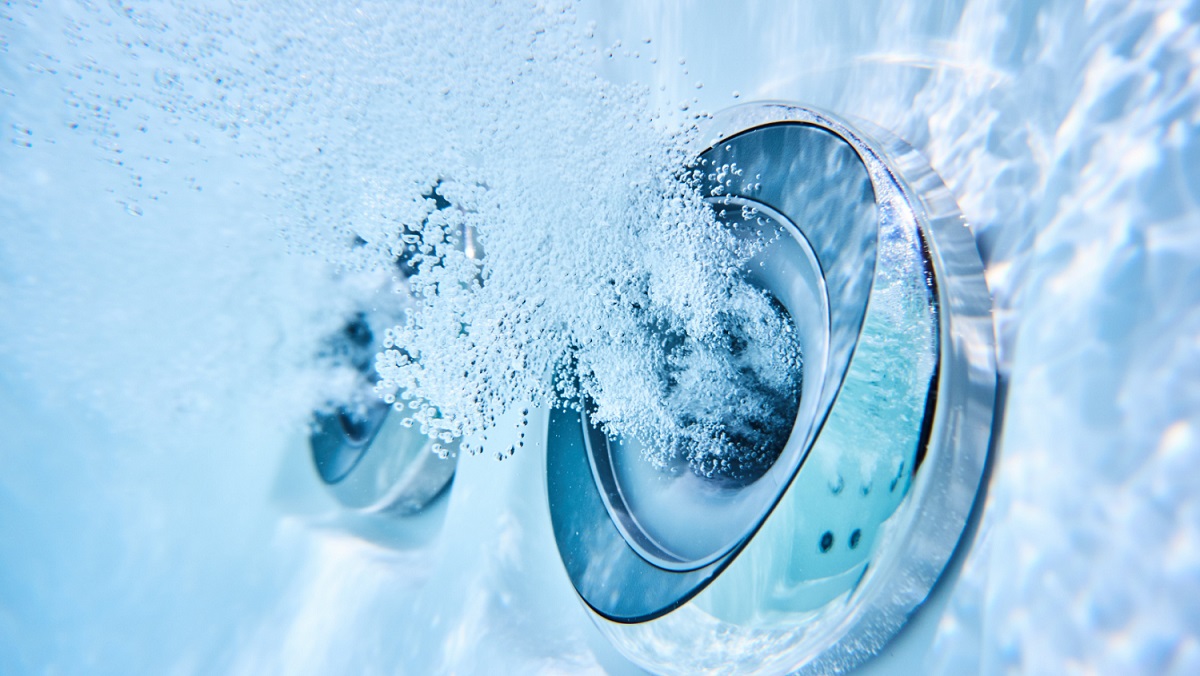
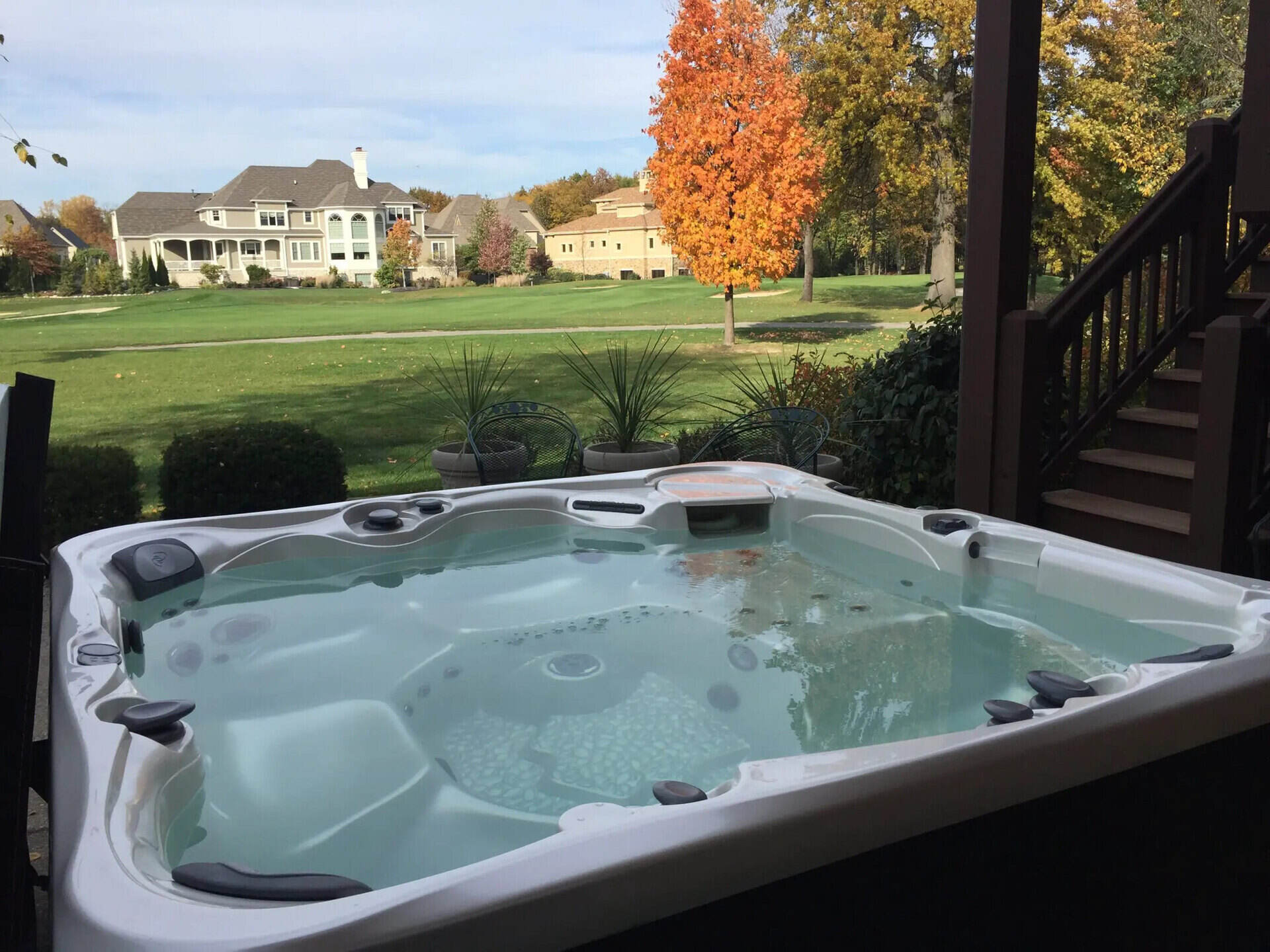

0 thoughts on “Why Is The Hot Tub Water Green”